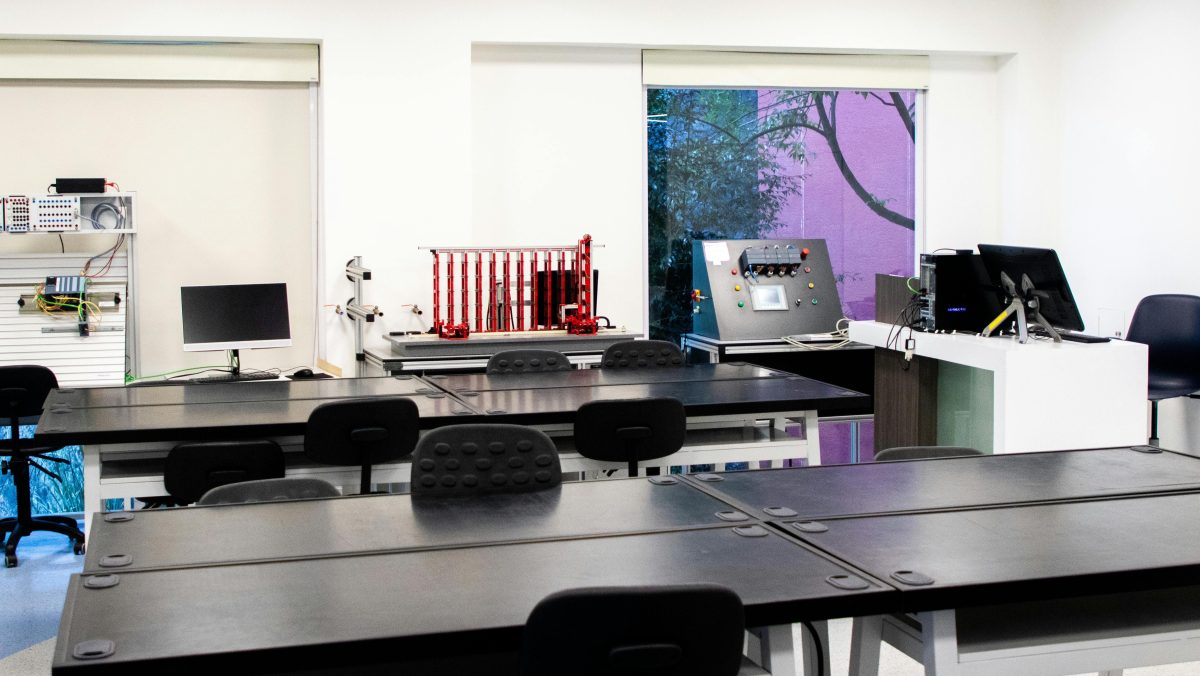Edge Computing refers to the implementation of computing and storage capabilities at the edges of telecommunications networks, enabling lower latency and greater efficiency in data processing. By reducing the distance that data must travel, Edge Computing minimises response times, which is essential for real-time applications such as video streaming, online gaming and industrial applications.
In addition, this technology facilitates content regionalisation, allowing data and services to be hosted closer to end users. This not only improves speed and performance, but also enables better personalisation and compliance with local data regulations. In short, Edge Computing offers a hybrid solution that combines the best of the cloud and on-premise infrastructures, providing a differentiated user experience:
To access the Edge, we have two fundamental types of connectivity in which Telefónica Spain plays a leading role: 5G Slicing and fibre optics. Both offer unique advantages and are essential to ensuring reliable and redundant connectivity.
- 5G Slicing: 5G technology, especially with the implementation of Network Slicing, offers unprecedented flexibility. Slicing enables the creation of multiple virtual networks on a single national 5G network, each optimised for different types of services and applications. This is crucial for Edge Computing, as it will allow specific resources to be allocated to applications that require low latency, such as augmented reality and telemedicine, while maintaining other services in parallel. In addition, 5G technology combined with Edge allows us to enjoy low-latency capabilities on the move, which is key for use cases such as connected or autonomous cars, where, in the future, the nearest edge will be dynamically reassigned as the vehicle moves, to give low-latency instructions that help make mobility safer, more efficient and more collaborative.
- Fibre optics: Fibre optics are known for their high data transmission capacity and low latency, with a distinctive robustness as they are not susceptible to interference. In addition, their ability to handle large volumes of data makes them a key option when it comes to connectivity to the edge of the network.
In an environment where data availability and speed are critical, having multiple access routes ensures that operations are not interrupted. The combination of 5G Slicing and fibre optics provides a robust solution, where the 5G network can act as the main backbone and fibre optics as an additional layer of redundancy, or vice versa. This guarantees that even if one connection fails, another can immediately take its place, maintaining service continuity and end-user satisfaction.
At Telefónica, we are at the forefront of this technological revolution called Edge Computing, driving a future where this technology, together with our connectivity, will transform the world as we know it. A world that will enable data to be processed and analysed in real time, in the region where it is generated, reducing latency and improving efficiency in all sectors.
Once the concept of Edge Computing, as well as its capabilities and integration with telecommunications networks, has been understood, it is worth delving into different use cases that, without this technology, could not be offered.
